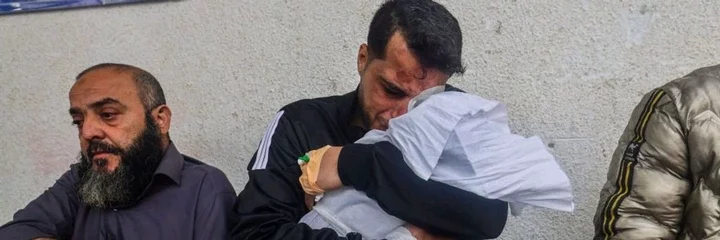
Palestinian father Ashraf wept in agony as he cradled the lifeless body of one of his two daughters, both of whom perished in an Israeli airstrike on Rafah, southern Gaza Strip, on April 4, 2024. The attack was part of the ongoing war between Israel and Hamas, which has resulted in mounting casualties.
Despite widespread reports on the death toll, many argue that the numbers reported by media outlets significantly underestimate the scale of devastation. While most sources cite figures from Gaza's Ministry of Health, critics claim these reports fail to account for thousands buried under rubble or those who succumb to untreated injuries.
The official count from Hamas' Ministry of Health now exceeds 48,000 deaths. However, American doctors who visited Gaza before the closure of Rafah estimated the true number to be at least 95,000-excluding those trapped beneath the ruins of bombed-out buildings. Experts believe that Israel and its allies may have an interest in downplaying the figures to avoid intensified global outrage and sanctions.
Meanwhile, reports suggest that the U.S. State Department conducted its own analysis but has refused to release its findings, fueling further speculation about the true extent of casualties. Various humanitarian organizations and academic institutions have projected significantly higher figures, but their warnings have largely been ignored.
Comparisons have been drawn to past conflicts where death tolls were swiftly estimated, such as the wars in Syria and Sudan. However, Gaza's losses remain shrouded in uncertainty. Some estimates suggest over 400,000 Palestinians have been killed, exceeding the combined casualties of Hiroshima, Nagasaki, and Dresden during World War II.
As the crisis deepens, calls for accountability grow louder, with international bodies demanding a reassessment of the true scale of human suffering in Gaza.


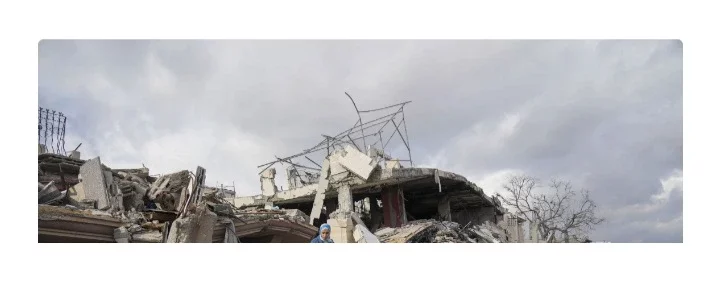


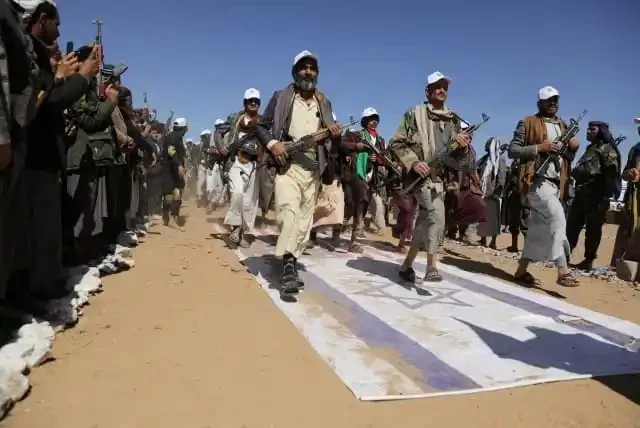
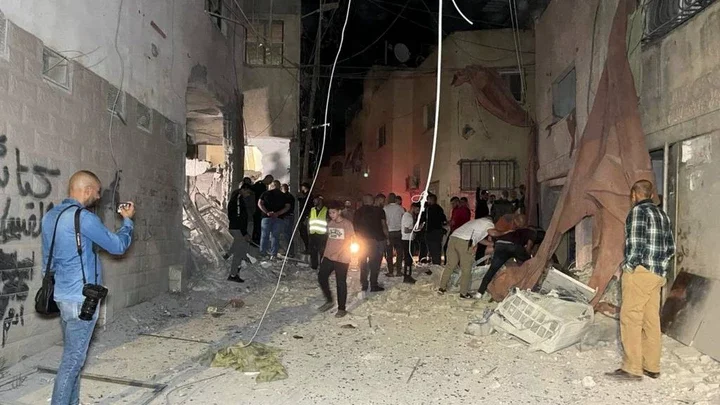



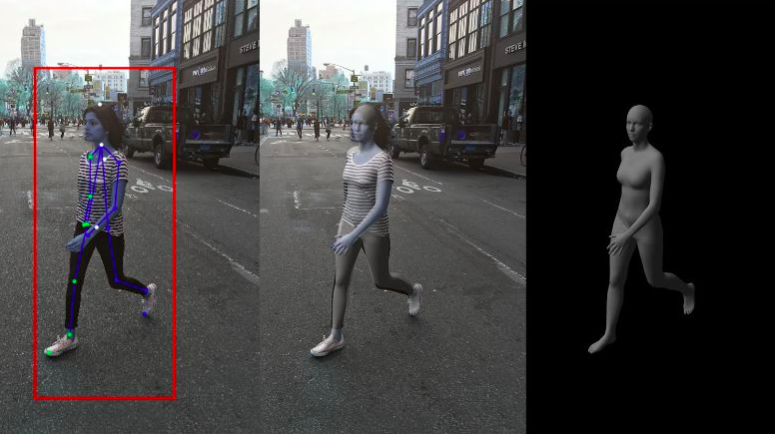





Comments